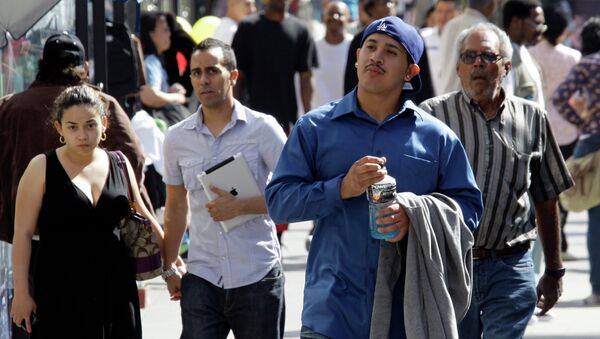According to Bureau estimates, the number of immigrants entering California from China tripled since 2005, while immigration from Mexico saw a 70% decline.
Experts identify several factors that have contributed to the decline, from almost 100,000 in 2005 to just over 30,000 in 2014, in immigration from Mexico. A deep economic recession between 2007-2009, falling Mexican fertility rates, hysteria over border control and a drop in California job opportunities including construction work or service sector employment have all taken their toll.
“One thing is for sure: The era of mass migration from Mexico is over,” Karthick Ramakrishnan, professor of public policy at the University of California, Riverside, said, adding that more immigrants are returning to Mexico annually than arriving.
Increased demand for highly skilled workers, particularly in the technology industry, is argued to be the main reason behind these changes.
“Our labor market is increasingly demanding more highly educated workers,” said Hans Johnson, a senior fellow at the nonpartisan Public Policy Institute of California. “Employers are increasingly finding those workers abroad.”
Many Asian immigrants have arrived in America on H-1B visas, which allow them to stay temporarily while working for US companies. Some end up staying permanently after they secure a company sponsorship.
There is also a reunification visa, allowing family members of Californians to stay after certain procedures.
Though the new trend has already been set, Hispanics still far outnumber Asians in California. About 5.3 million Asians live in California compared with some 15 million Hispanics, according to census figures.





